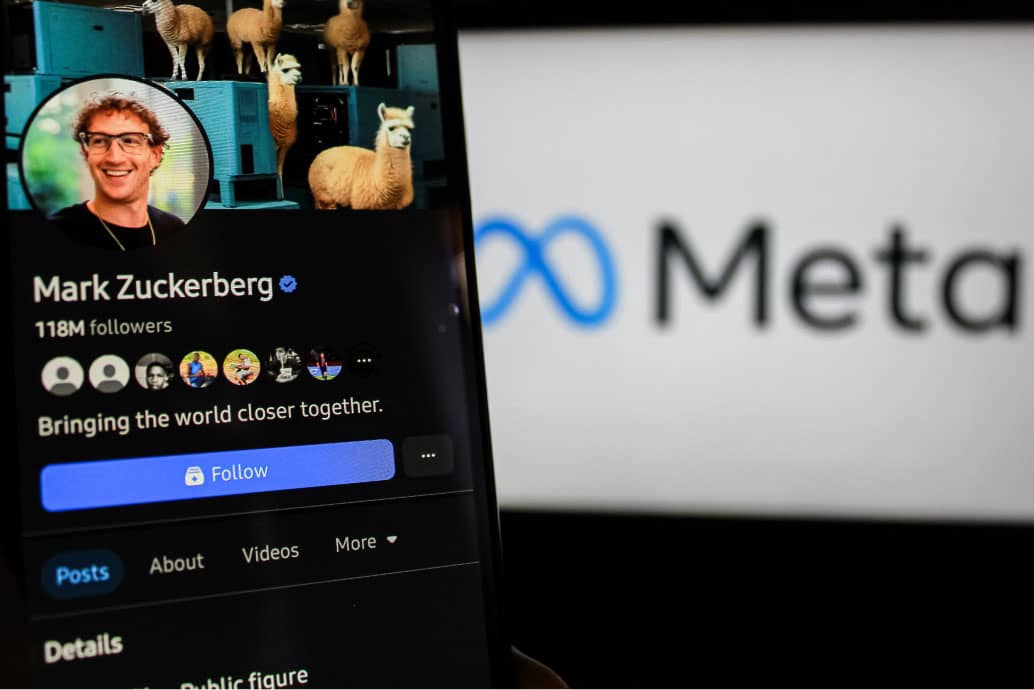There are only three things certain in life: death, taxes, and that marketing professionals will change their technology tools, the so-called martechs. When the researchMartech Replacement 2024It arrived at my desk; this change became extremely clear. From marketing automation tools to CRM, ESP (and beyond), the insatiable thirst of marketing professionals for change remains unwavering.
But what is interesting are the factors that drive these changes. Low adoption, contract renewals, consolidation of new tools, new leadership, and many other reasons are catalysts that drive this constant state of flux in technology tools.
In 2024, the main factor driving the change in martech was, unsurprisingly, cost, the most visible part of any martech investment — and one that is often scrutinized closely by CFOs. It is not surprising that the latest researchGartner CMO Spend, from Gartner, shows martech spending at its lowest level in 10 years.
But it was the second factor driving martech replacement – integration/open API capabilities – that caught my attention.
Consolidation and fragmentation, simultaneously
Thanks to the explosion of martech apps in the last decade, much has been done to anticipate an inevitable transition towards the consolidation of technology tools. The premise is that the fewer applications in your technology infrastructure, the cheaper and better it will be to manage.
While the proliferation of tools is real, and some consolidation is certainly happening, the data tells us that companies are usingmore software than ever, using specialized tools and applications to meet specific and critical business needs. Observe the technology tools of most modern companies and you will see main platforms supporting a Jenga tower of interconnected tools, not a single, universal platform.
The reportState of MartechIn 2024, a similar pattern was found. Although they have essential platforms (such as CRM, CEPs, CDPs, or data warehouses), about 82% of the surveyed organizations also reported using alternative products and applications.
It is precisely in this context that integration/opening becomes so important. To be honest, if a provider does not integrate their data well with other tools, marketing professionals will find a different tool that does.
A wolf in sheep's clothing
The big martech suites have, of course, noticed this growing demand for interoperability and have created seemingly robust application ecosystems that allow you to use a variety of different tools in combination with their core platform.
But beware, buyer: these integrations are not free.
These large software packages built their dominance by acquiring and merging smaller, independent technology companies. As a result, these enterprise software packages encompass various applications, each operating on different data models that lack internal compatibility, let alone integration features with third-party systems.
This means that while it is technically possible to integrate third-party point solutions with them, they are so complex and clunky — with virtually no documentation — that most end up paying a premium for service providers to consult and build integrations on their behalf.
Looking forward to 2025
Given the importance marketers have placed on integration capabilities in 2024, this veneer of interoperability is unlikely to be enough.
With the increase in APIs and the growing demand for composable technology tools, the bar for martech providers has never been higher. They need to ensure compatibility between different tools and registration systems, ensure that data flows accurately between tools in real time, provide user-friendly interfaces for teams to leverage their API, and offer the best documentation and tools in the category to support them in building their technology stack.
If this seems like a difficult task, it shows how marketing, data, analytics, and digital teams are maturing within organizations. With this maturity come greater skills and experience in technology, and a desire to go beyond ready-to-use functionality.
It is important to embrace platforms designed to be used with other systems, rather than lock you in. We believe that brands should have the flexibility to choose the best channel solutions for themselves, and marketing, data, and development teams should not have to spend months creating manual point integrations to get their data from these platforms.
In 2025 and beyond, I see a future that is much more integrated than before.











